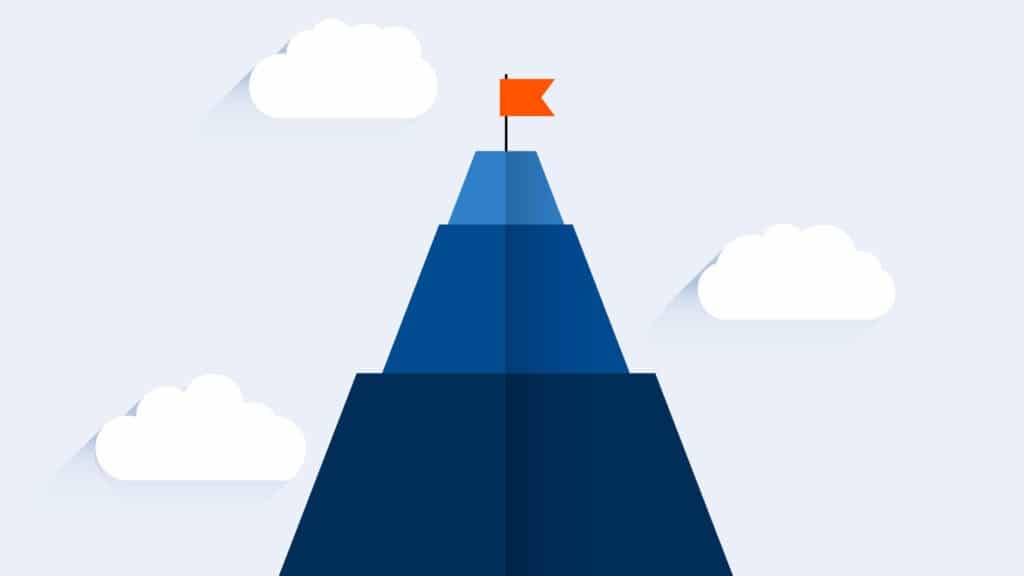Analysis phase: Identifying causes
The first step in any recovery process is analysis.
Companies need to understand why a customer left.
Typical reasons include:
- Dissatisfaction with the product or service.
- More attractive offers from competitors.
- Lack of communication or appreciation.
Actions:
• Data analysis: Evaluate CRM systems and customer feedback to identify patterns.
• Customer surveys: Obtain direct customer feedback to find out their motives.
This phase lays the foundation for responding specifically to the needs and expectations of lost customers.
Planning phase: Developing strategies
Based on the analysis, strategies and measures are defined to tailor the recovery process to each individual customer.
It is important to take customer value into account here: customers with high potential should be given priority.
Actions:
• Develop personalized recovery offers (e.g., discounts, free services).
• Create communication plans that directly address customers.
• Define success criteria to measure progress.
Contact phase: Addressing customers
This phase involves direct contact with the customer.
The aim is to build trust and make returning attractive.
The approach should be appreciative and solution-oriented.
Actions:
• Personalized emails or letters that address the customer directly and respond to their needs.
• Telephone conversations to enable open feedback.
• Creative messages that show that the customer is valued (“It's not the same without you!”).
Implementation phase: Implement measures
As soon as the customer signals their willingness to return, it is important to implement the agreed measures.
The promise made during contact must now be fulfilled.
Actions:
• Provision of the promised offers (e.g., special discounts, problem solutions).
• Optimization of customer service to ensure that the customer is satisfied.
• Direct support with re-entry (e.g., through personal consultation).
Follow-up phase: Strengthening trust
The recovery process does not end with the customer’s return.
Long-term support is crucial to rebuilding trust and strengthening the relationship.
Actions:
• Regularly check in on customer satisfaction.
• Offer loyalty programs or exclusive benefits.
• Maintain ongoing communication to ensure that the customer feels valued.
Conclusion
Customer recovery is a process that requires tact and strategy.
From analysis to initial contact to follow-up:
Each phase plays a crucial role in regaining trust and strengthening the customer relationship.
Companies that rise to this challenge not only demonstrate commitment, but also open up new opportunities for growth and loyalty.
Because sometimes the second chance is the best one—for both the customer and the company.




